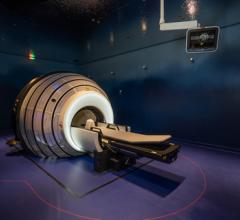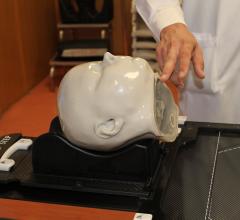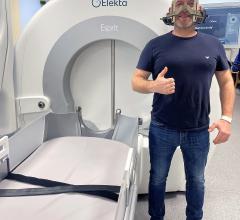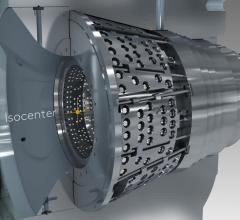
April 4, 2010 - Each year, Mayo Clinic neurologists and neurosurgeons care for more than 2,200 patients with brain and nervous system tumors, including many with acoustic neuromas, noncancerous tissue growth that arises on a cranial nerve leading from the brain to the inner ear. Treatment options include observation, surgical removal and stereotactic radiosurgery.
In a new Mayo Clinic study, researchers found Gamma Knife’s stereotactic radiosurgery successfully treats the majority of patients who have large acoustic neuromas. This study was presented at the American Association of Neurological Surgeons Annual Meeting in Philadelphia this week.
Gamma Knife stereotactic radiosurgery performs neurosurgery without an incision. In the study, the Mayo Clinic neurosurgeons used gamma radiation to destroy diseased tissue, while preserving the surrounding healthy tissue. The procedure is typically short and allows most patients to be discharged from the hospital the same day.
A team of Mayo Clinic researchers collected data from 34 patients who had Gamma Knife stereotactic radiosurgery for a large acoustic neuroma between 1997 and 2006. These individuals' acoustic neuromas represented tumor volumes that were considered large (one standard deviation above the mean). At three years, 89.4 percent of these patients had not experienced tumor progression, 91.6 percent were free of new facial neuropathy and 52.8 percent had preserved functional hearing. At five years, the rates decreased to 82.9 percent with no tumor recurrence or progression, 86.4 percent free of new facial neuropathy and 34.5 percent with preserved functional hearing. At the most recent follow-up, 85 percent of the tumors were smaller than at the time of stereotactic radiosurgery.
For more information: www.mayoclinic.org/stereotactic-radiosurgery/gamma-knife.htm


 April 29, 2024
April 29, 2024 








